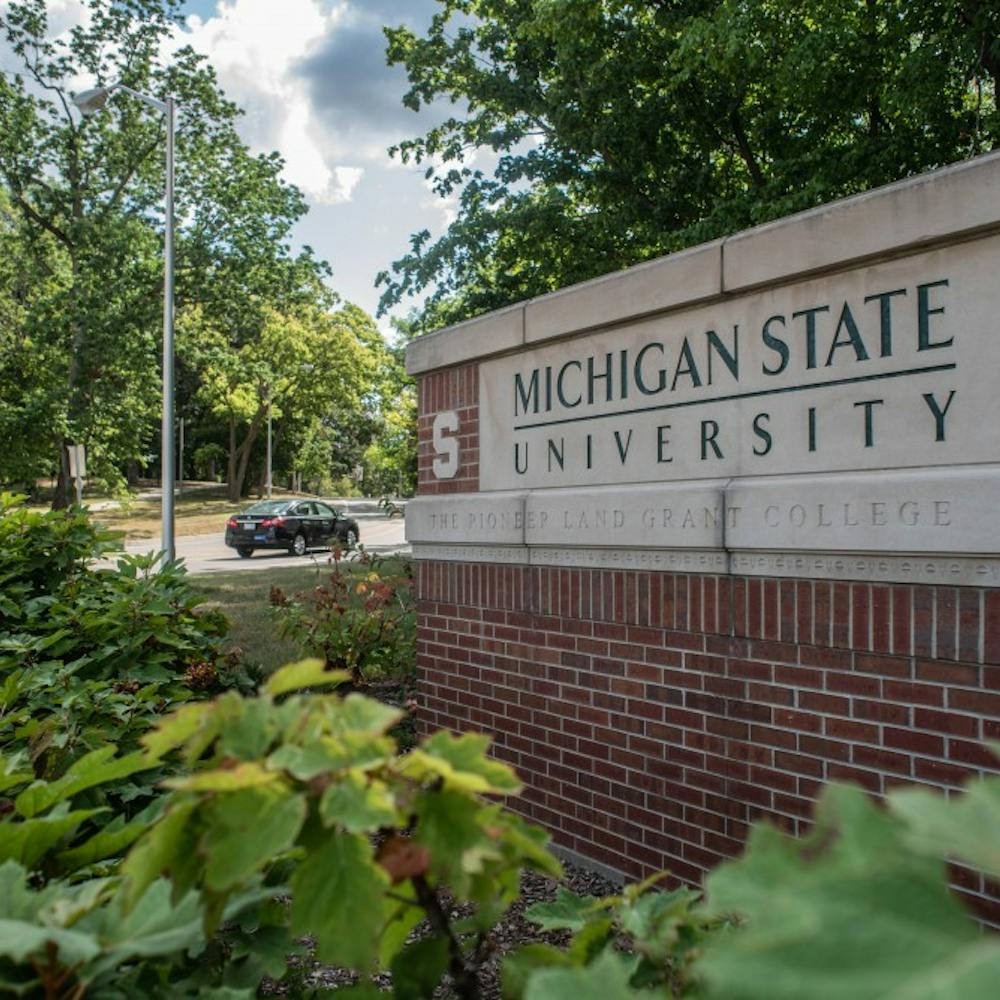Students will be encouraged to dream a little in the upcoming months as university officials consider their visions of what makes a perfect MSU home. Administrators are working on a plan they call the neighborhood concept — something that will distinguish separate neighborhoods and provide a new living experience for students who live on campus.
Officials still are conceptualizing the plan and the specifics have not been determined, but students can expect to see and feel differences in their residences sometime in the future.
Imagine it
There are six natural clusters of residence halls across the campus, Senior Associate Provost June Youatt said.
The neighborhood concept could include providing some common services to students whose dorms are in these “neighborhoods,” she said. Wellness services, academic services such as tutoring and advising, enhanced faculty presence and dining integration all are possibilities in the future neighborhoods.
“This is absolutely a case where the input of students and those who are involved in the process is critical to the outcome,” Youatt said. “We don’t know what it looks like until people tell us what it looks like.”
The university will reorganize itself in terms of these neighborhoods, which will have unique identities and personalities, she said.
“Fundamentally, it’s not so much about geography as it is about, what do students need to have successful transitions to the university?” Youatt said. “We want things to be where students can get them at the point they need them.”
Thinking about how the university provides services for students is key, said Vennie Gore, assistant vice president for the Division of Residential and Hospitality Services.
One possibility being considered is expanding the university’s dining options to focus on providing small-scale eateries to accompany the large ones such as The Gallery in Snyder-Phillips Hall.
“We began looking at how we deliver food,” Gore said. “If you have these big restaurants … then what are some of the smaller food things that we need?”
The concept is more than placing services in dorms, he said.
(It’s) a way that’s scalable and it feels comfortable so you don’t feel like you’re a number,” he said. “You belong to this neighborhood.”
Gore said the neighborhood concept will encourage students to stay connected to their neighborhoods.
“You may start off as a freshman in this neighborhood, but this would always be your home neighborhood,” he said. “(Freshmen) are going to eventually move out … but they made these connections with these faculty and staff. … That neighborhood base would still be there.”
In the works
A pilot neighborhood in Hubbard Hall hopefully will be implemented as soon as next fall, Gore said.
“The reason why you do the pilot is to try to figure out what went right, what went wrong on a smaller scale versus a large scale,” he said.
There is no specific deadline for the neighborhoods to be in place, Youatt said. Gore said it is too early in the planning stages to estimate the concept’s potential for cost or savings. However, Youatt said reducing costs to the university will play a role in the concept.
“As we’re doing all of this the charge is to reduce the costs of some of the things we’re doing now,” she said. “(In) lots and lots of offices … sometimes the work overlaps. … If we can identify where the work overlaps we may be able to reduce the cost.”
Support student media!
Please consider donating to The State News and help fund the future of journalism.
The concept might make students feel like they are part of something smaller, said Paul Goldblatt, director of MSU’s Department of Residence Life.
“(It) can help (students) in terms of feeling connected,” he said. “It goes beyond just geographic. … looking at a neighborhood concept that creates a sense of belonging for students.”
When it comes to dining services, the concept might encourage students to eat on campus and stay connected even after they move out of the dorms, MSU President Lou Anna K. Simon said during the MSU Board of Trustees meeting in September.
“We’re having more and more off-campus students actually begin to eat in the residence halls,” she said. “The neighborhood concept is really what’s critical for the connection of students who are living off campus.”
Student input
University officials’ next step in building the neighborhood concept is getting students to think about services and experiences they wish they had, Youatt said.
Gore said officials will create student “engagement groups” to gather their opinions on what the vision should be.
Youatt said the discussions should begin in December.
“We’ll talk to students, ‘what is it that you wished you would have had?’” she said. “(We’ll) encourage students to dream a little bit.”
Interdisciplinary studies in social science and health studies sophomore Rachel Butts said health clinics would be an easier alternative than Olin Health Center for sick students.
“A nurse’s office like you had in high school or something like that would be kind of nice,” she said.
But while the idea of making campus feel smaller and helping students feel more connected to their residences is important, Butts said, students are responsible for their college experience.
“It’s about the individual,” she said. “It’s what you make of it.”
As the process moves along, MSU officials said they will start to look differently at the campus living experience.
“If we were starting all over again, what would we do and how would we do it?” Youatt said.
Discussion
Share and discuss “Dreaming up the dorms” on social media.






